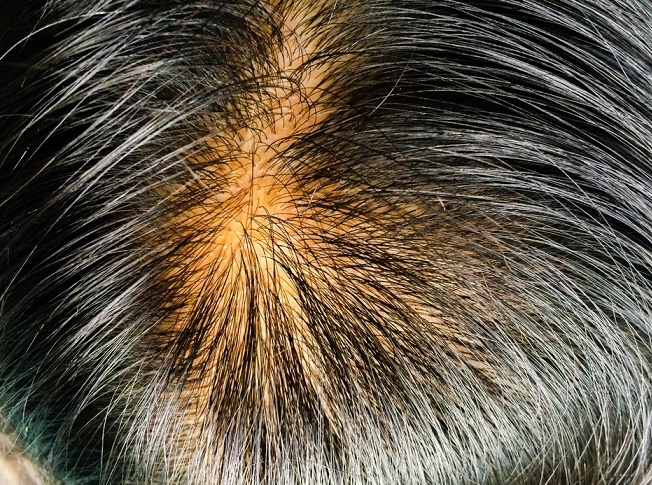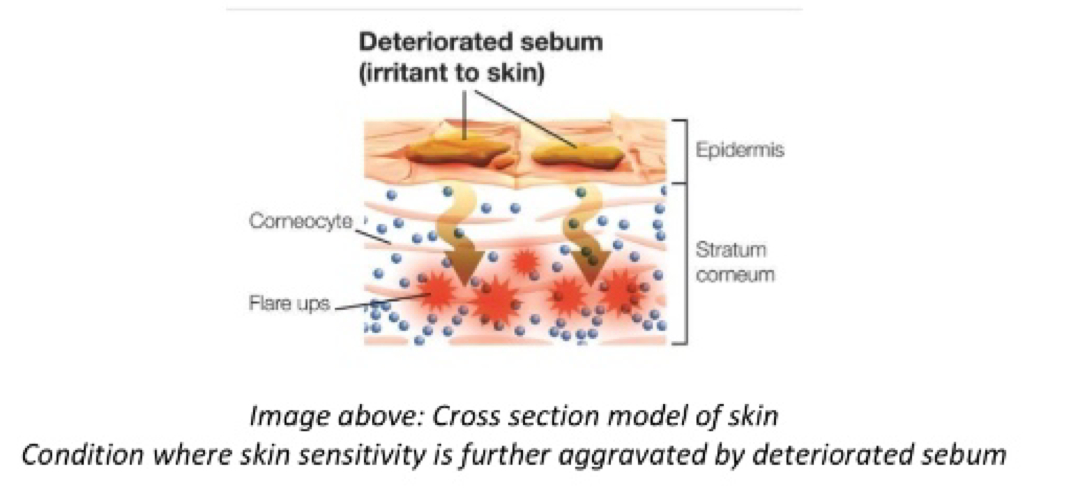


Teenage acne is thought to be triggered by increased levels of a hormone called testosterone, which occurs during puberty.
#EXCES SEBUM SKIN#
Normally harmless bacteria that live on the skin can then contaminate and infect the plugged follicles, causing papules, pustules, nodules or cysts. Alternatively, the plugged follicle can be open to the skin, creating a blackhead. If the plugged follicle is close to the surface of the skin, it bulges outwards, creating a whitehead. The excess sebum mixes with dead skin cells and both substances form a plug in the follicle. In acne, the glands begin to produce too much sebum. They do this by producing an oily substance called sebum. Sebaceous glands lubricate the hair and the skin to stop it drying out. The glands are attached to hair follicles, which are small holes in your skin that an individual hair grows out of. Sebaceous glands are tiny glands found near the surface of your skin. 2019 18:412.Acne is caused when tiny holes in the skin, known as hair follicles, become blocked. Cortexolone 17α-propionate (clascoterone) is a novel androgen receptor antagonist that inhibits production of lipids and inflammatory cytokines from sebocytes in vitro.

This topical agent is an exciting development in the treatment armamentarium for patients with acne vulgaris.

Clascoterone is rapidly converted and hydrolyzed by the skin, limiting systemic activity. Clascoterone has a molecular structure that closely resembles the structure of DHT, allowing it to bind to the androgen receptor and block the binding of natural androgens-thereby preventing downstream signaling, and leading to inhibited sebum production and reduced secretion of inflammatory cytokines. These androgens interact with androgen receptors within the basal layer of the sebaceous gland their binding leads to transcription of genes involved in sebum production and the promotion of inflammatory cytokines. Staring at puberty, androgens such as testosterone and dihydrotestosterone (DHT) influence sebaceous gland stimulation in both females and males. It is the first topical agent for acne that specifically targets sebum production and the first acne drug with a novel mechanism of action approved in nearly 40 years. However, the FDA recently approved clascoterone cream (1%)-a topical androgen receptor inhibitor-for acne treatment in females and males 12 years of age and older. In addition to isotretinoin, the only prescription therapies available to assist with the control of excess sebum were oral anti-androgens, which are limited to use in females. Historically, the mechanism of action of most acne medications targeted all of the above factors except sebum production, with the exception of oral isotretinoin, which targets all 4 factors. When treating acne vulgaris in the clinical setting, the focus is placed on the 4 key aspects involved in its pathogenesis-excess sebum production, Cutibacterium acnes proliferation in the pilosebaceous unit, follicular hyperkeratinization, and inflammation. Posted By: Kristine Kucera, PA-C, MPAS, DHS


 0 kommentar(er)
0 kommentar(er)
